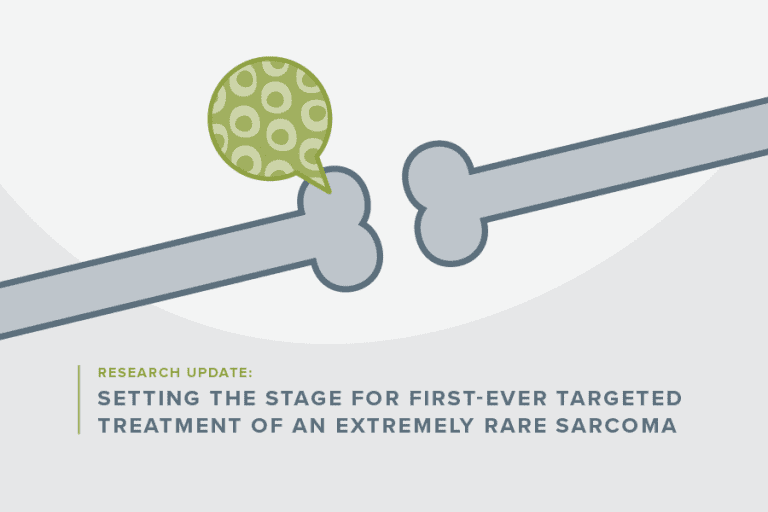This is the second piece in a 3-part series. If you haven’t already, please go back and read Grief - Part 1: What Grief Is Not.
What is grief? It’s a hard thing to put your finger on right away, so let’s start with the basic definition. It is the psychological-emotional experience following a loss of any kind (relationship, status, job, house, game, income, etc.). It’s an experience, an emotion, much like love. This guide focuses on the kind of grieving that comes with the loss of health and the loss of a loved one. Much of the information below is from Megan Devine’s book, “It’s Okay You’re NOT Okay.”
Grief is:
A part of love.
Just as love happens deeply, so does grief.
Something to survive and integrate into life.
American culture isn’t great at recognizing grief for what it really is – a difficult yet normal part of our experience as humans. The more we fight it or deny its place in our lives, the less integrated we will be.
Different for everyone.
No two people experience grief the same way, even if it is caused by the same loss or tragedy. It all depends on their relationship with the person, the circumstances of the event, their support system and their own personality.
Something that changes with time.
A person’s grief in the first week, month or year can be vastly different from their experience 5 or 10 years beyond their loss.
“I love the word ‘experience’ because it doesn’t turn grief into something ugly that inhibits us from being where we are supposed to be. It neutralizes it and turns it into something that simply is.” – Laura Sobiech, mom to Zach, who passed away from cancer in 2013
Now that you know what grief is and isn’t, read Part 3: Being a Friend to Someone in Grief.
Sources: “It’s Okay You’re NOT Okay” by Megan Devine and RefugeInGrief.com.
Looking for More?
For more advice and ideas about how to help a family facing childhood cancer, download our guide, “Beyond ‘I’m Sorry:’ Supporting a Family Facing Cancer.”




